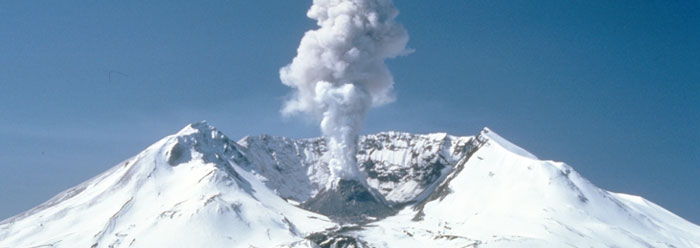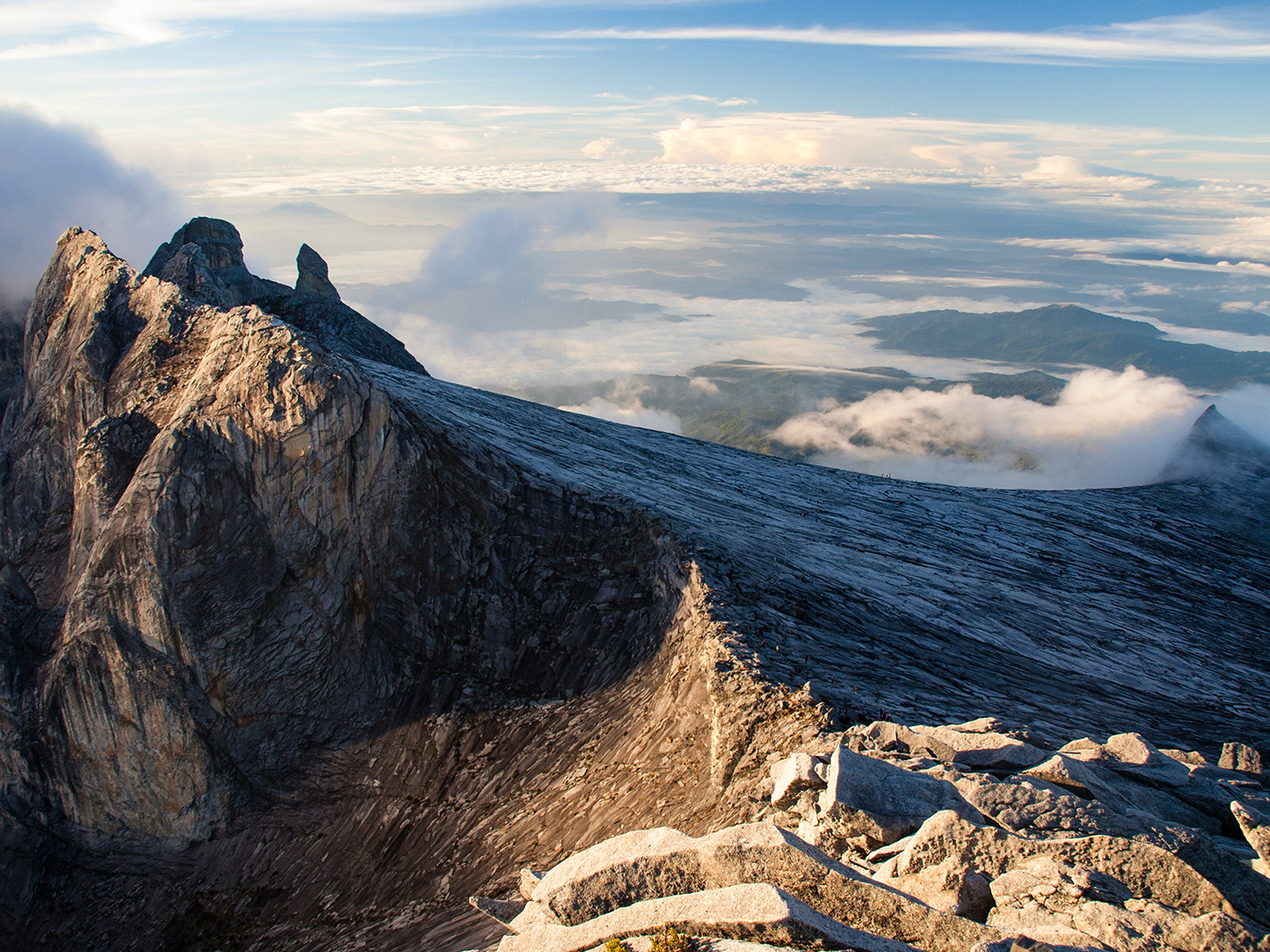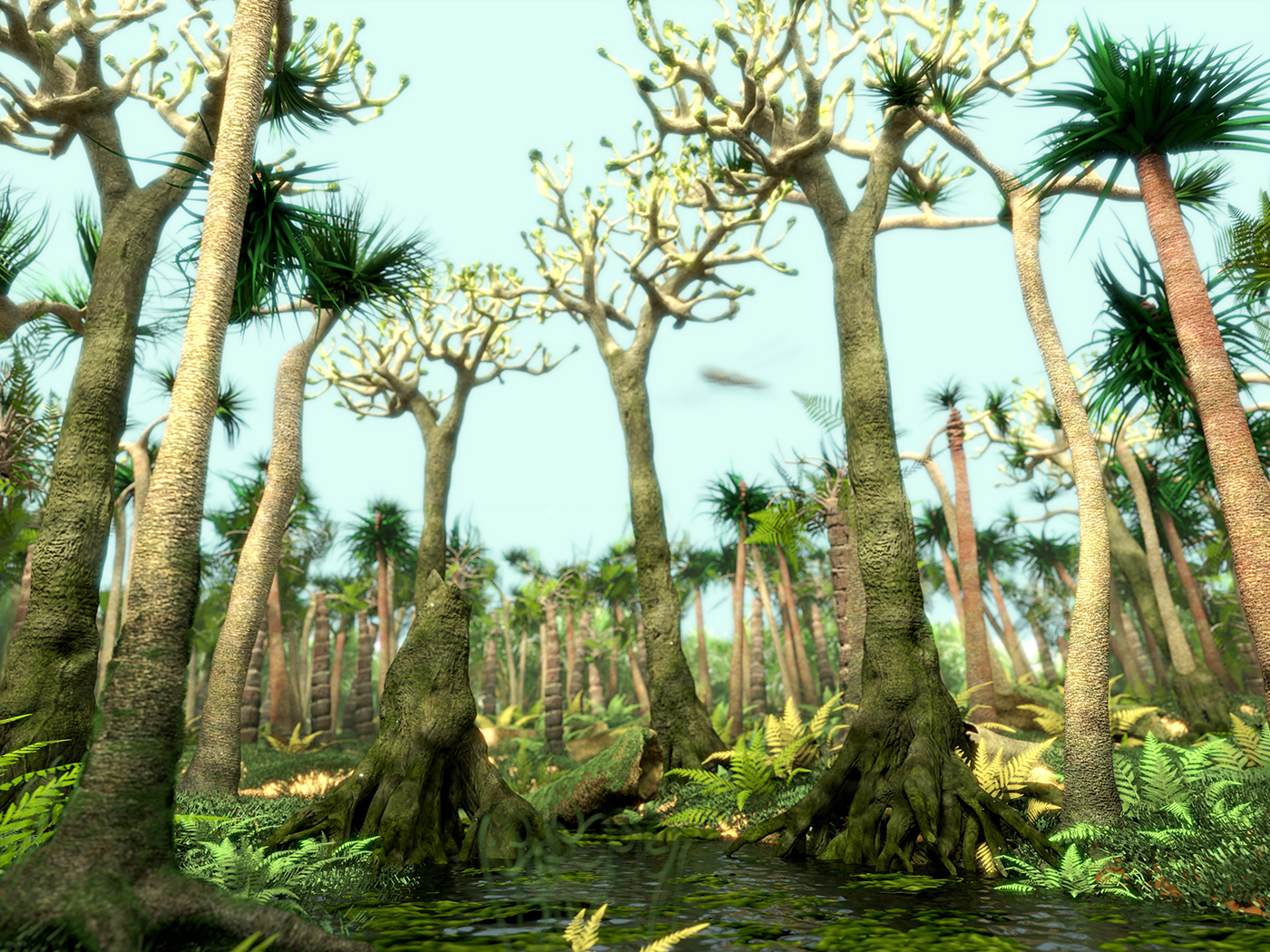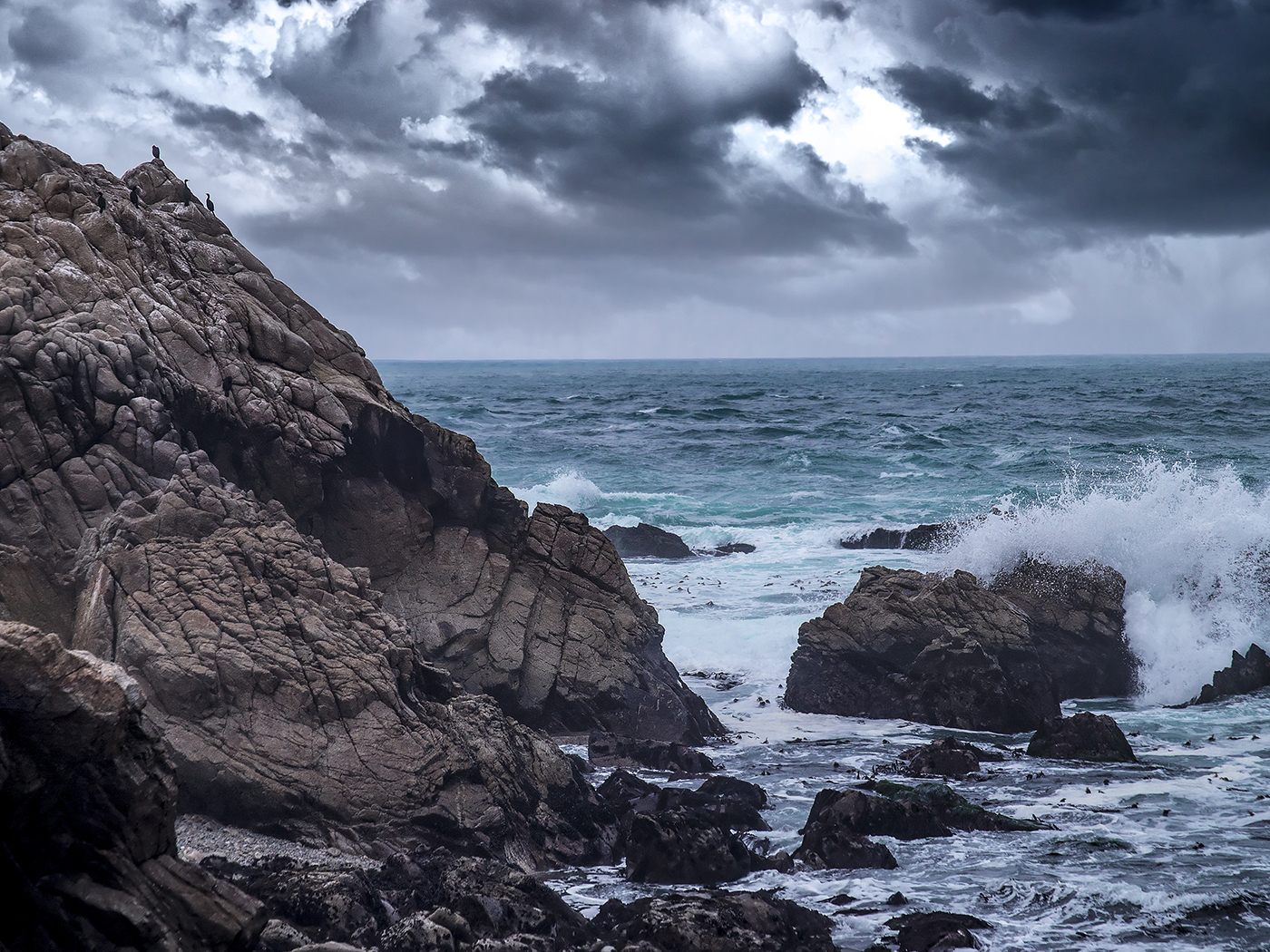On May 18, 1980, a tremendous landslide on the northern side of Mount St. Helens in Washington state uncapped a violent volcanic eruption, completely altering the surrounding landscape. It is the most studied volcano in history and has reshaped thinking regarding catastrophic earth processes. The Institute for Creation Research has studied the volcano over the past three decades, conducting research that has provided a suite of informative lessons with broad-ranging implications.1
For example, the rapid outflow from the volcano caused massive amounts of sediment to fill in the entire valley adjacent to the mountain. And a 1982 dam breach of the snow-melt lake that had formed in the mountain's crater caused a catastrophic flood that tore a gash through those fresh deposits from two years earlier. To this day, the resulting steep-sided canyon walls can be seen,2 showing that horizontal sediment layers hundreds of feet thick were formed within hours during the eruption. This sparks the question: what other layered sedimentary rocks in earth's crust were formed rapidly?
The mountain also provided a clear reason to distrust the reliability of radiometric dating. A new rock cap atop the mountain that formed after the 1980 eruption should have shown it to be on the order of tens of years. But standard analysis gave the totally incorrect date of 350,000 years.3 What other rocks have been dated incorrectly by following those standard dating protocols?
And in a strange but profound way, Mount St. Helens offered a significant new interpretation of coal deposits. Many logs were transported by the blast to nearby Spirit Lake. As they jostled and shifted in the water, the bark rubbed off and sank to the bottom of the lake to form a sheet of waterlogged bark. Elsewhere, extensive masses of coalified deposits are also made of tree bark.4 Could the tree bark-rich coal beds have been formed by a catastrophe even more massively destructive than Mount St. Helens?
The equipment and techniques used to track and predict volcanic eruptions have improved dramatically since 1980, thanks in part to lessons learned while tracking post-eruption tremors near to Mount St. Helens. During the 1990s, the volcano produced some solid chunks of magma material, even though it had been thought that magma was entirely liquid.5
Experts at the time of the 1980 eruption predicted that the area would take perhaps hundreds of years to rebound. Yet after only 20 years, biologists noted the speedy recovery of plants and animals on what had been a vast moonscape.6 Today, the 30-year-old blast zone is a lushly treed forest. Creation science models based on the records of Genesis expected to see this happen, since Genesis discloses that God created creatures for the very purpose of “filling” the earth,7 and since after the Flood the creatures aboard the Ark were able to quickly adapt to the new environments produced by the cataclysm.
Because of the Mount St. Helens eruption, scientists know that sedimentary rock layers can form in only hours, rather than requiring millions of years. It also showed that radiometric dating is not necessarily accurate and that God gave animals and plants the ability to rapidly re-colonize barren land. And the improved seismic prediction techniques that Mount St. Helens facilitated have also increased scientific understanding of earth's geologic activities.
But as much as Mount St. Helens has already revealed, surely it has more mysteries for researchers to uncover as investigations into its past and present processes continue.
References
- For example, see Austin, S. A. 2010. Supervolcanoes and the Mount St. Helens Eruption. Acts & Facts. 39 (5): 4-5.
- Austin, S. A. 2009. Christian Geologists Influential at GSA Meeting. Acts & Facts. 38 (12): 8-9.
- Austin, S. A. 1996. Excess Argon within Mineral Concentrates from the New Dacite Lava Dome at Mount St. Helens Volcano. Creation Ex Nihilo Technical Journal. 10 (3): 335-343.
- Austin, S. A. 1986. Mt. St. Helens and Catastrophism. Acts & Facts. 15: 7.
- Hsu, J. Mount St. Helens Remains a Mystery 30 Years Later. LiveScience. Posted on livescience.com May 17, 2010, accessed May 18, 2010.
- Swenson, K. and D. Catchpoole. 2000. After devastation…the recovery. Creation ex nihilo. 22 (2): 33-37.
- Genesis 1:28.
* Mr. Thomas is Science Writer at the Institute for Creation Research.
Article posted on May 20, 2010.
























